How a city restored one of its most valuable community assests
The city of Pittsburgh, PA, has what almost every community in the United States only wishes they had: a concerned mayor, a committed city council and involved state representatives—all dedicated to investing the dollars, time, and effort necessary to assure the safety of the city’s many playgrounds.
The 55.5 square mile city is defined by its rugged topography. Steep hills and deep narrow valleys make “cookie cutter” playsites all but impossible. One size playground does not fit all.
Over the past one hundred years, the city’s acquisition of land for public recreation has increased to where about 7 percent or 2600 acres is now dedicated to that use.
Shortly after taking office, Mayor Tom Murphy, with the advice and consent of his Council, began a major, multi-step program to improve play opportunities for the city’s children. The project included hazard analysis, safety evaluation, retrofitting and rehabilitation of every one of the city’s 172 playgrounds. This included the assessment of every single piece of play equipment in each playground.
Several of the playgrounds managed by parks and recreation belonged to the Housing Authority and others belonged to the School Board.
Several others were in close proximity to each other. It was decided to close one if there was another playground within a quarter mile of another, the playground needing the more costly rework was eliminated. This brought the final total of city playgrounds to be redone down to 150.
“I might interject that this resulted in the evaluation of several thousands of pieces and over 16,000 pages of reports,” said the city’s architectural manager, Bruce Padolf.
Padolf explained that Department of Public Works (DPW) crews generated reports and the Bureau of Architecture’s Department of Engineering and Construction (E and C) consolidated them into a working synopsis. Not only were individual playground pieces included in the reports, but the playground site itself and any other features that impacted them.
It was agreed that 67 of the playgrounds in most need of rehabilitation could be done in the first year (1997) of the program. The analysis also projected an annual renovation of 12 and retrofitting of five more playgrounds. The cost of this was estimated to be $4,293,000, a staggering amount for a city in the throes of revitalization.
The authority for this action was detailed in Pittsburgh Code Title Four, Article XI - Chapter 480, Playground Safety. The ultimate goal of the mayor’s program was to bring all the playgrounds into compliance with ASTM, CPSC, CFA, ADA and other regulations.
The city’s Bureau of Architecture also established some disciplines of its own, especially in the field of safety surfaces. As of 2002, the program had spent in excess of $9 million dollars in renovation effort.
Strategic budget planning and creative funding had come from several sources, including on-hand monies from the Parks and Recreation Department’s budget, the Community Development Block Grants, Regional Asset District Funds, and other sources. The program also budgeted funds for future yearly maintenance, upgrades and emergency expenditures.
The DPW, the DEC, and qualified private consultants were mandated to undertake this massive mission to assure maximum safety of city play site use.
Michael Gable, the assistant director of the city’s DPW and his crew of six men worked tirelessly for several months on the initial playground evaluation, physically visiting every playground. The DEC then followed through with the summary, assessment, and redesign of the playgrounds. Bruce Padolf, along with project architects Tom Olivo and Lisa Kunst-Vavro of the DEC, handled the majority of the in-house design, contracting labor, and commercial playset acquisitions.
Pittsburgh has already invested millions of dollars in the modernization of its one hundred fifty plus regional and community playgrounds, with millions more to come. Thousands of children and their parents eagerly confirm the effort on a daily basis by their increased use of the rehabilitated facilities.

Family Affair. The Richman family of Monroeville, PA, enjoys a day out at one of Pittsburgh’s wonderful new playgrounds.
Olivo had a unique role in the redesign of the national award-winning Frick Park (aka Blue Slide Playground). As a youth growing up in Pittsburgh, Olivo often played there on its famous slide when visiting relatives that lived in the area. As such, the task became a very personal challenge as well as just another job.
“Parents who came to the site as children now come to Frick Park with their children. The fact that we retained the old blue slide and rehabilitated it meant that the tradition of the playground’s centerpiece carried on. That was an important consideration for the neighborhood residents and us. They are not too keen on major changes to their playgrounds,” said Olivo.
Olivo said he felt like he had run into a buzz saw at the typical playground planning meeting; the fact that Frick Park is one of the city’s larger regional playgrounds accounted for the feeling. According to Olivo, the meetings would normally draw from a dozen to perhaps 25 people. On this occasion, they drew in excess of one hundred people, and they all came prepared to speak.
“The changes they wanted in their playground all centered around upgrading the challenges that we were providing for their children,” said Olivo. “It had been about 40 years since any major work had been done there, and they wanted changes that provided higher playsets and slides to increase the degree of difficulty and challenge for their kids.”
According to Olivo, it didn’t matter to them that construction was restricted by law as to how tall (7’) he could design a structure.
So it was back to the drawing board.
Olivo found a unique answer to the problem of the blue slide. He was able to redesign the slide into a hillside to give the illusion that it was higher.
“We made it a two-tier affair by incorporating some existing sidehill walkways and paths. This also made the slide ADA handicap accessible. Now a parent or child in a wheelchair can safely access the top of the slide and it only appears taller. We made other similar changes to the playsets.”
Kunst-Vavro redesigned the Anderson Playground, which also won a national design award. Situated adjacent to the world-renowned Phipps Conservatory and Botanical Gardens, it is one of the most active playgrounds in the region.
The Medieval castle-like play environment includes ladders, turrets, and slides surrounded by a landscaped moat of uneven timber rounds, evergreens, and perennials. Brontosaurus paw prints, cast from the fossil collection of the Carnegie Museum of Natural History, lead children on a learning adventure from one play area to the next.
“We learned several valuable lessons here. One was that the overall program was going to cost a lot more than we initially thought,” said Kunst-Vavro.
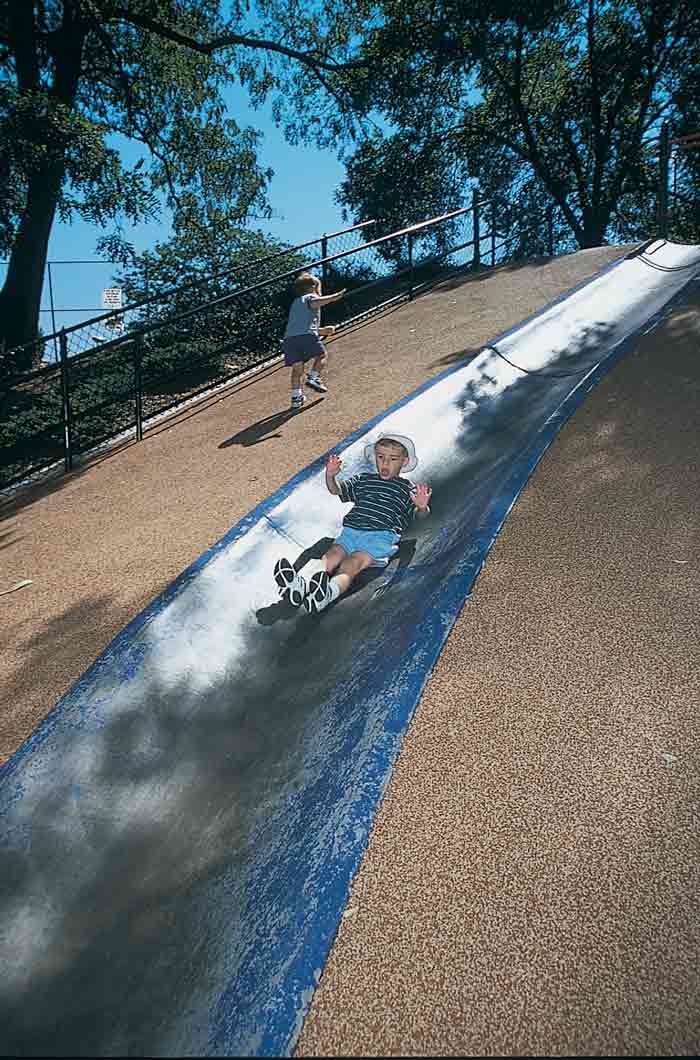
Keeping with Tradition. The famous ‘Blue Slide’ at Frick Park was saved thanks to a unique design solution: they built it into the side of a hill.
At first, they planted younger trees of smaller diameters. In almost no time, vandalism took its toll on all but one lonely Montgomery blue spruce.
The other trees, including young dogwoods and Golden Raintrees, had been broken in half. Practically all the flowers they planted in the moat area also disappeared.
“Now the trees we add are much more mature and vandalism resistant,” added Kunst-Vavro.
The 400 foot wide by 970 foot long Olympia Park playground located in a steep, 8.9-acre sidehill site in Pittsburgh’s historic Mt. Washington neighborhood also felt the hands of the DEC’s registered landscape architects. First opened back in 1911, Olympia Park has undergone many transformations in the intervening 92 years. Today its brightly colored commercial play structure attracts children and parents alike.
“The layout and foundation materials and the selection of play equipment that meets current safety standards are the most critical factors in the development of safe community playgrounds,” said Lisa Kunst-Vavro.
“We also wanted alternative surface materials for our playgrounds that met the safety standards, yet were easy to maintain, rather than using the loose stuff. We do not have the people necessary to maintain the proper depth of those materials,” added Padolf.
According to Olivo, the importance of including provisions for adult supervision of children can never be underestimated when designing or redesigning playgrounds.
“With adult supervision, you reduce the vandalism incidents as well as the overall accident rate. The way to solve this is by adding more conveniently located benches for resting-places for both adults and the children. This also gives us the opportunity to incorporate recyclable materials into our playgrounds. We are able to use low maintenance, wood look-alike recycled plastics as playground benches,” he said.
Olivo explained that it is the DEC’s policy to know what is available in the marketplace and what they want for the space they have available. They then communicate this to the commercial play structure manufacturers to get advice as to what they make that fits the city’s needs.
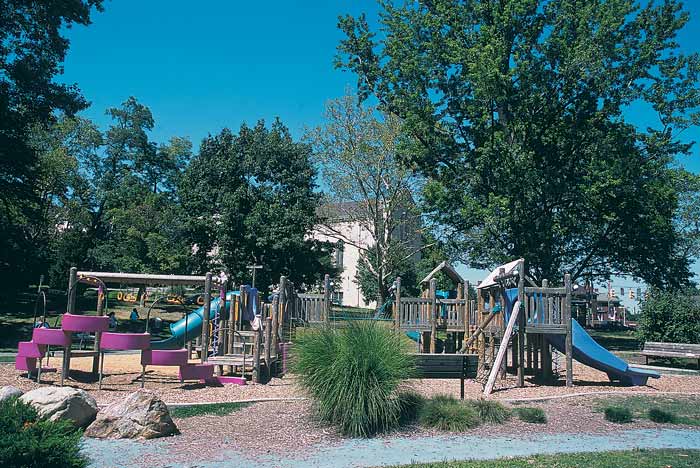
The city then is open to bids from any reputable manufacturer including those whom the city has already used, such as Play World Systems, Landscape Structures, Little Tyke, Big Structures, GameTime, and others.
The city occasionally runs into unique or unusual requests when holding community meetings to discuss the changes they plan to make. According to Olivo, during one neighborhood assessment meeting, the residents let us know, in no uncertain terms, that they wanted nothing with the color yellow in their playground. The reason for this request was that they felt the color yellow attracted potentially harmful bees. That was unacceptable to them.
“Of course, we complied with their desires, but it took some doing to explain this to our play structure suppliers,” said Tom Olivo.
The DPW’s, Michael Gable, said the city’s playground program has made his department especially aware of the need for a continuing emphasis on routine maintenance.
The total cost of parts and maintenance for all playgrounds under city jurisdiction for a year is estimated to be about $150,000 to $200,000. In the past year alone, replacement parts for their playgrounds amounted to $75,000. This included normal wear and tear and vandalism.
To assure that the city receives adequate value for its efforts, Gable arranged for some of his men and himself to attend an NPSI course given by the NRPA. In so doing, the men received national certification.
Every one from Mayor Tom Murphy and the city council, down to the DPW’s field inspectors are committed to providing the children of Pittsburgh the safest and most challenging playgrounds possible. A study by the venerable Carnegie-Mellon Institute indicated that adequate safe playgrounds were an important factor to a major city trying to attract new high-tech residents.



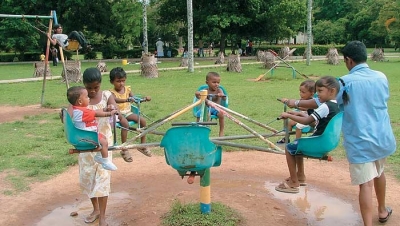
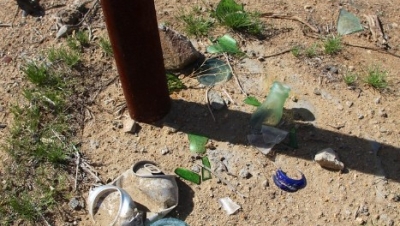
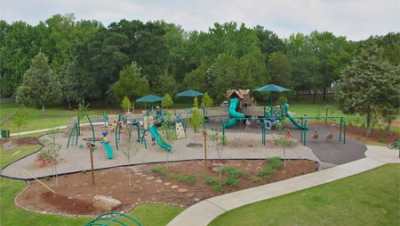









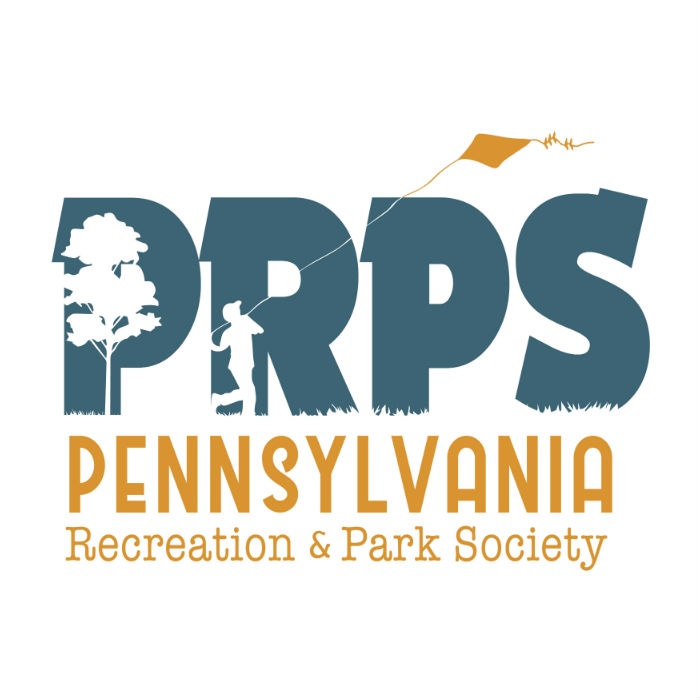

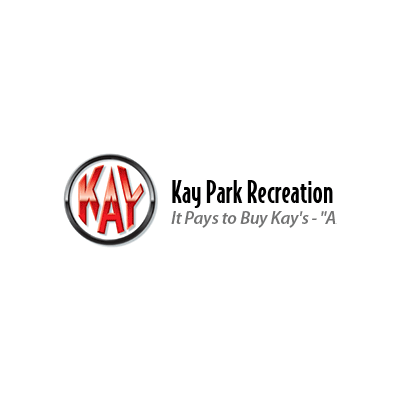

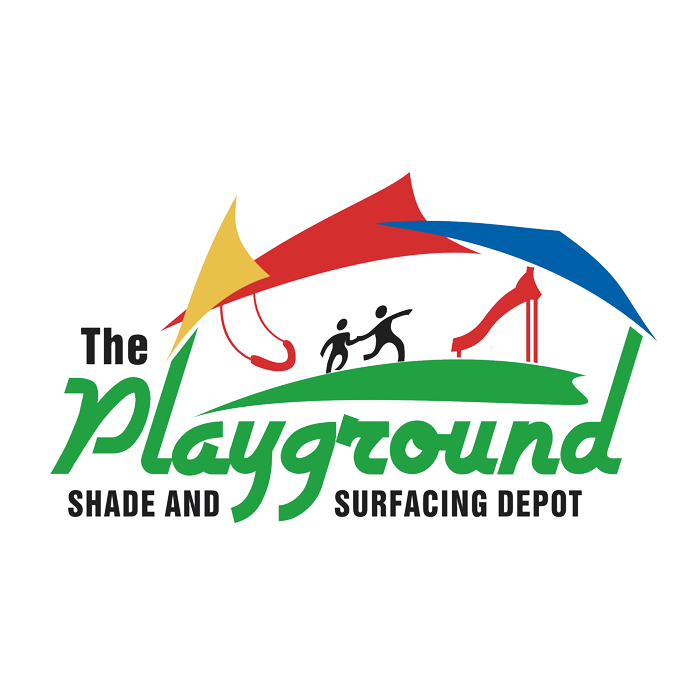
Add new comment